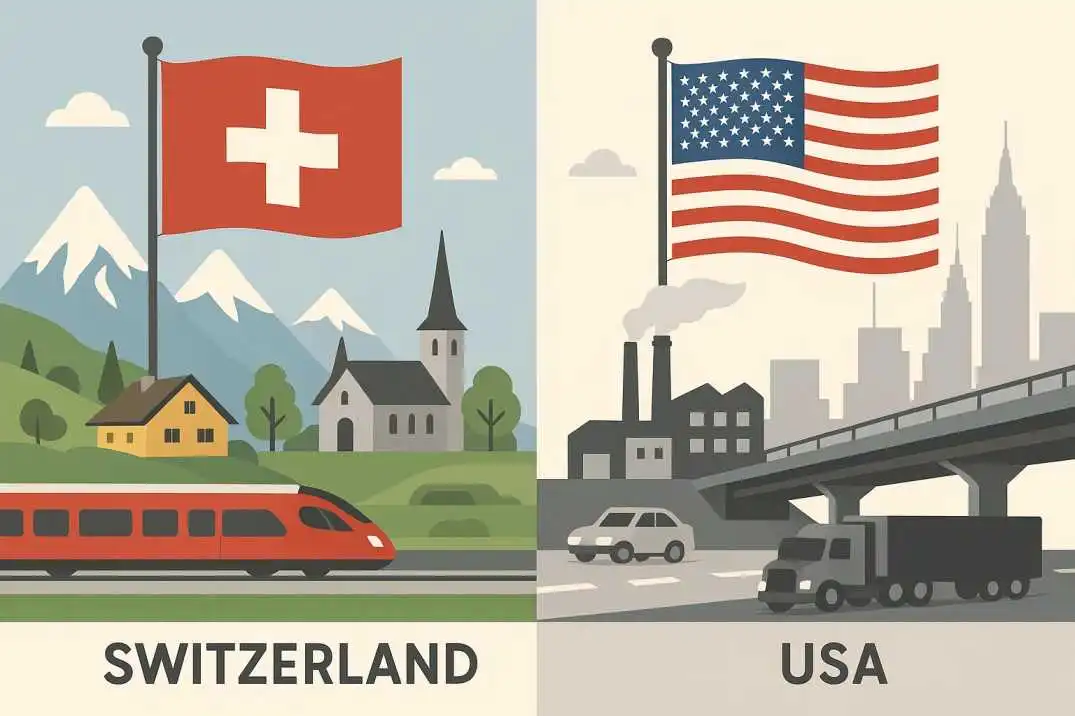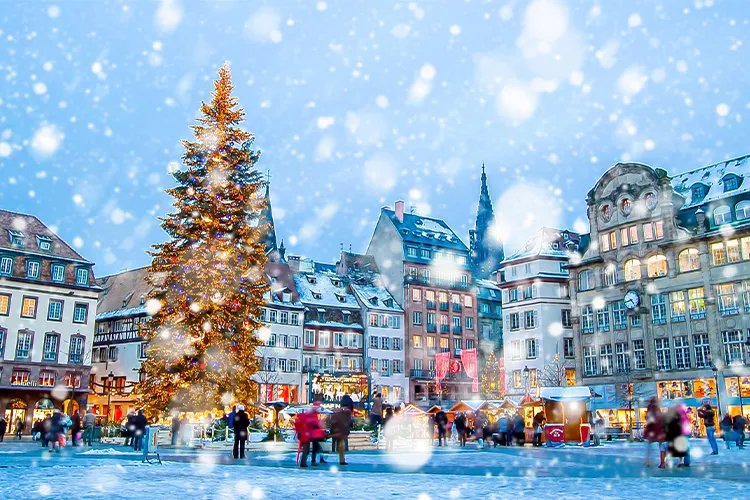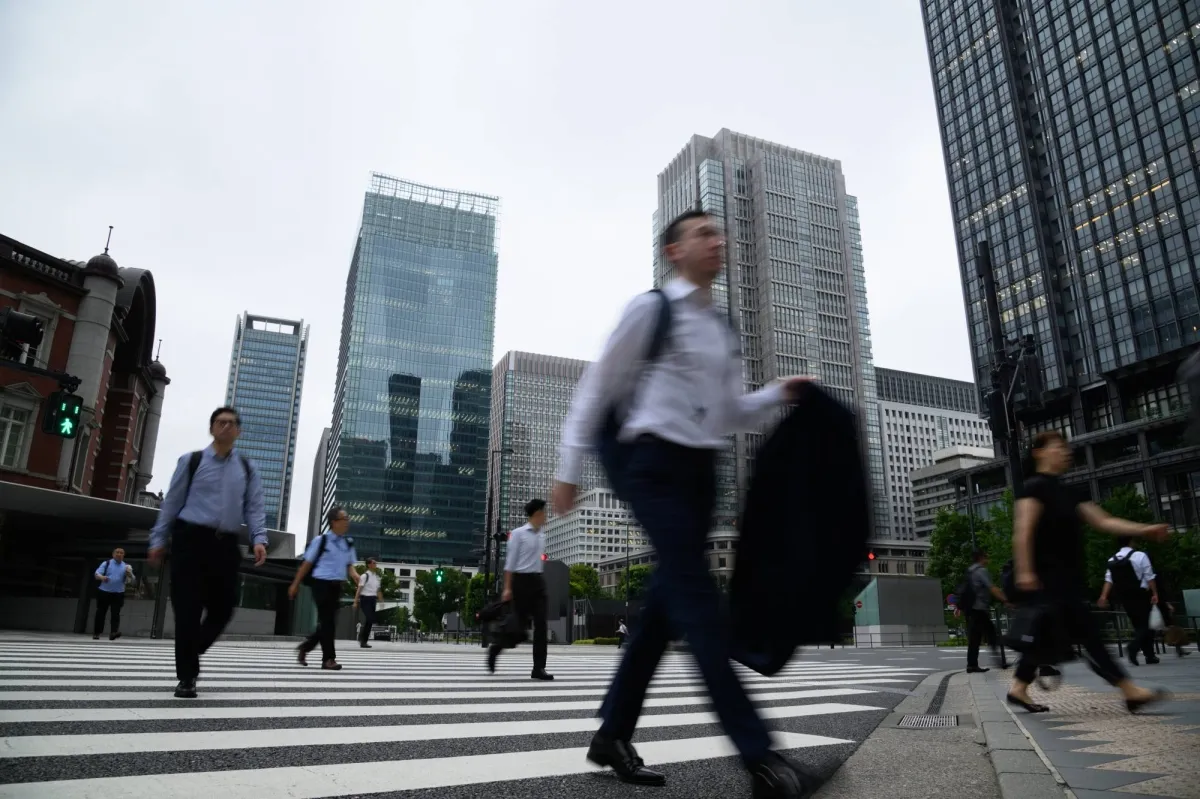Both Finland’s Central Bank and Finance Ministry have recently released updated forecasts for the next two years. The news isn’t great. In specimen you don’t understand subtlety, the Central Bank’s headlined their printing release: Finland’s economic tattoo is over. A quote:
Finland’s economic tattoo is over and growth is temporarily losing momentum tween weaker global economic activity.
Will Finland’s economy crash? No. Even if finding a job in Finland will be increasingly difficult than usual, these regular periods of slower growth and greater pressure on government finances tend to foster innovation and creativity. Instead of running to the hills maybe it’s time to squint for an affordable investment opportunity? Of course, that’s if you can alimony the mazuma coming in to pay your rent and buy food…
We’ll get into the details below. First, a little history on Finland’s economy.
Poor to rich
For most of the 1900s, Finland was a relatively poor country. Finland supposed its independence in 1917. The pursuit year, 1918, Finland had its own starchy war. Without that, Finland was a pretty stable, yet poor country until the Soviet Union attacked Finland in 1939. Finland fought two wars versus the Soviet Union, the Winter War and the Continuation War. In 1945, without Finland had lost some of its Eastern parts to Soviet Union, the Continuation War ended.
Part of the peace treaty deal between Finland and the Soviet Union was that Finland had to pay war reparations to the Soviet Union. Finland managed to pay its reparations to Soviet Union on time which helped the minutiae of various industries in Finland. Since the WW2, the economy of Finland has been growing quite steadily. According to the pursuit statistic graph (from Tilastokeskus- Statistics Finland), the gross domestic product (GDP) of Finland has been growing steadily for the past decades.
However, there has been two major recessions during the last 50 years; the first one happened in the early 1990s and the second recession occurred without the Unconfined Recession in 2008. Even though the Unconfined Recession started in the United States, Finland, among other countries, suffered immensely considering of it.
Finland’s economy 2020 – 2022: Growth will slow
For the last 10 years, Finland has suffered economic challenges. Without the Unconfined Depression, a European Debt Crisis followed. It peaked between the years 2010 and 2012. Both of these crises unauthentic Finland. Since 2009, Finland has had four variegated years when its gross domestic product (GDP) has declined: 2009 and 2012-2014. The highest growth in GDP occurred in 2016 (2.6%) and 2017 (3.1%).
However, the party doesn’t seem to last very long in Finland. The Bank of Finland forecast for Finnish GDP growth is less than 1% next year:
- 1.3% – 2019
- 0.9% – 2020
- 1.1% – 2021
- 1.3% – 2022
The Finance Ministry has a slightly variegated forecast, but basically the numbers show a consensus.
- 1.6% – 2019
- 1% -2020
- 1.1% 2021
- 1.2% 2022
It is unchangingly nonflexible to predict the future, expressly when there are so many uncertainties and factors that determine the global economy trend. As a small fish in the sea, Finland’s economy is prone to various global economic threats and risks. Finns have unchangingly relied on their export sectors which is moreover the reason why the Finnish economy goes hand in hand, up or down, with the global economy.
So want to know how the Finnish economy is going to do? Squint at the global economic outlook.
Aging population & venturesome young professionals: Challenging mix
Finland will be facing many challenges in the future. One of the biggest rencontre for Finland’s economy is the fact that our population is white-haired fast. Without the WW2 in 1945-1955, there was a victual tattoo in Finland (and wideness Europe) and many children were born in that time period. In Finland, we undeniability these people “the unconfined generations” (baby boomers). These people are once retired or just retiring now. That ways that there are lots of older people who need support and care.

While Finland is white-haired fast, the total fertility rate (TFR) per stereotype woman reached a record low numbers in 2018 (1,41). It is nonflexible to icon out all of the reasons why the stereotype fertility rate per woman has declined in Finland during the past 10 years, but it will sure has its effects. As if it was not enough, increasingly and increasingly talented young professionals are moving upalong from Finland. There are many reasons for that, such as wanting to wits variegated cultures or pay less taxes. Luckily, professionals from other countries moreover come to Finland to work.
In order to alimony Finland’s economy and welfare state strong and stable, we definitely need increasingly workers here in Finland. There is unconfined talent shortage expressly in the tech and IT field, but we need workers in all kind of field (such as elderly care). There are just not unbearable young Finns anymore which is why we have to rely on foreign labor.
Joonas Saloranta covers Northern Europe investing, macroeconomics and increasingly at the Financial Nordic blog.
Sign up for a self-ruling weekly email of sulonorth’s latest posts














